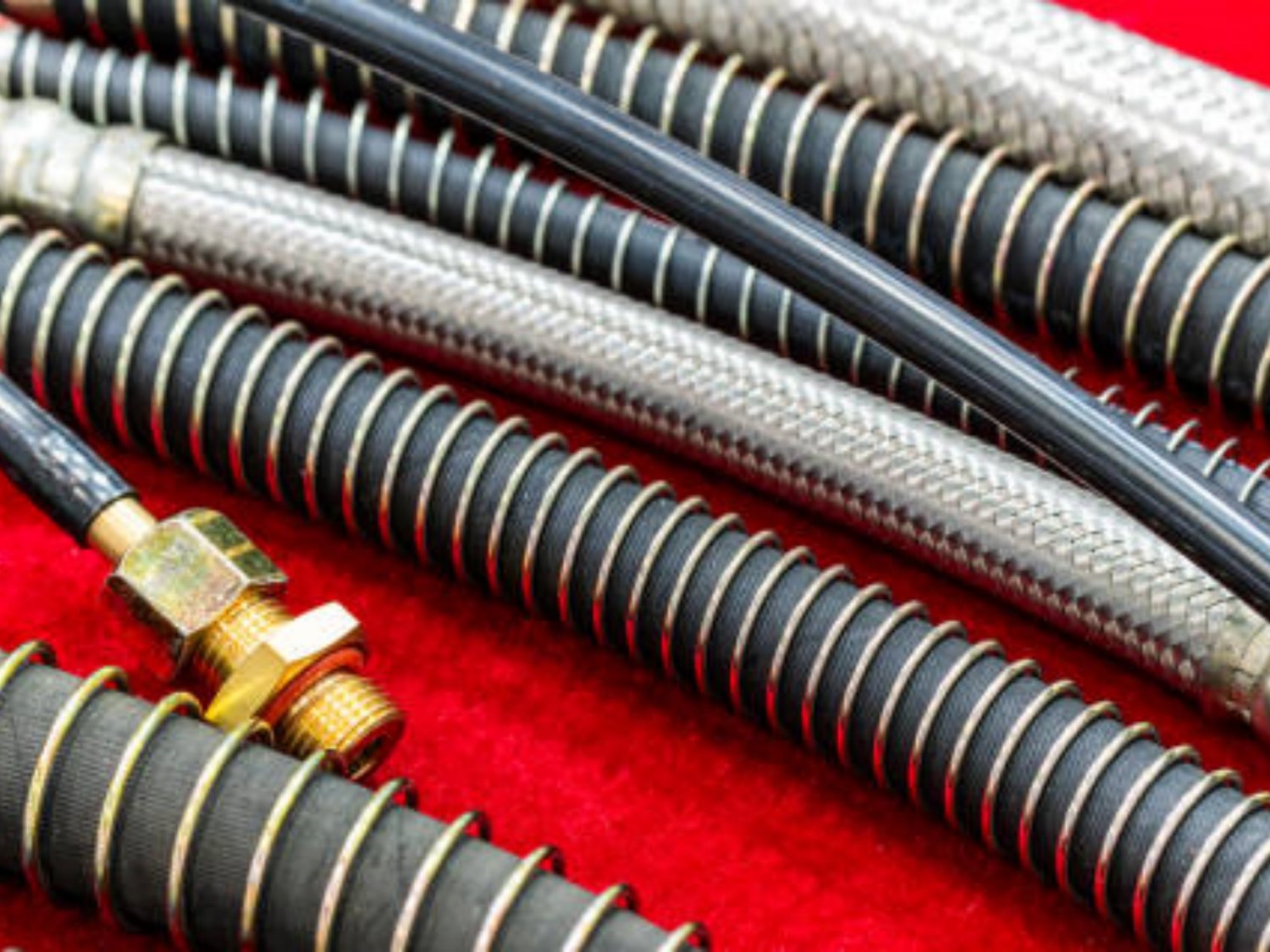The Importance of locomotive coil springs in Railway Systems
When it comes to the smooth operation of locomotives, one crucial component that often goes unnoticed is the locomotive coil springs. These springs play a vital role in absorbing shocks and vibrations, ensuring a comfortable and safe ride for passengers and protecting the locomotive from damage. In this article, we will explore the various aspects of locomotive coil springs, from their function to their maintenance and everything in between.
1. Understanding Locomotive Coil Springs
Locomotive coil springs are mechanical devices that store potential energy when they are compressed or stretched. They are typically made of high-quality steel and are designed to provide flexibility and resilience. These springs are used in various applications within the locomotive, including suspension systems, couplers, and buffers.
2. How Locomotive Coil Springs Work
When a locomotive is in motion, it encounters various uneven surfaces and obstacles along the track. Locomotive coil springs help to absorb the impact and vibrations caused by these irregularities. They compress and expand as needed, acting as shock absorbers to ensure a smooth and stable ride. Without these springs, the locomotive would experience excessive jolts, leading to discomfort for passengers and potential damage to the vehicle.
3. Types of Locomotive Coil Springs
There are different types of locomotive coil springs used in railway systems, each designed for specific applications. Some common types include:
- Helical Coil Springs: These are the most commonly used springs in locomotives. They are made of coiled wires and provide excellent flexibility and elasticity.
- Torsion Springs: These springs are designed to resist twisting forces and are commonly used in locomotive couplers and buffers.
- Leaf Springs: Leaf springs consist of multiple layers of steel plates stacked together. They are commonly used in locomotive suspension systems.
4. The Importance of Proper Maintenance
Regular maintenance of locomotive coil springs is essential to ensure their optimal performance and longevity. Over time, these springs can lose their elasticity and become worn out due to constant use and exposure to harsh environmental conditions. Regular inspections, lubrication, and replacement of worn-out springs are necessary to prevent accidents and maintain the overall efficiency of the locomotive.
5. Signs of Worn-Out Locomotive Coil Springs
It is crucial for railway operators and maintenance personnel to be aware of the signs indicating worn-out coil springs. Some common signs include:
- Excessive vibrations during locomotive operation
- Uneven and bumpy ride
- Difficulty in coupling or uncoupling
- Unusual noise or squeaking
If any of these signs are observed, immediate action should be taken to inspect and replace the worn-out coil springs to avoid potential accidents or damage to the locomotive.
6. Safety Measures during Coil Spring Replacement
When it comes to replacing locomotive coil springs, safety should be the top priority. Proper precautions must be taken, and only trained personnel should perform the replacement. The locomotive should be securely supported, and all necessary safety equipment, such as gloves and eye protection, should be worn. Following manufacturer guidelines and procedures is crucial to ensure a safe and successful replacement.
7. Benefits of Upgrading to High-Quality Coil Springs
Upgrading to high-quality locomotive coil springs can offer several benefits. These include:
- Improved ride comfort for passengers
- Enhanced stability and control of the locomotive
- Reduced wear and tear on other components
- Extended lifespan of the locomotive
Investing in high-quality coil springs can lead to long-term cost savings and improved overall performance of the locomotive.
8. Innovations in Locomotive Coil Spring Technology
Advancements in technology have also led to innovations in locomotive coil spring design. Manufacturers are constantly developing new materials and designs to improve the performance and durability of these springs. Some of the recent innovations include the use of composite materials, such as fiberglass, carbon fiber, and titanium alloys, which offer higher strength-to-weight ratios and better resistance to corrosion.
9. The Future of Locomotive Coil Springs
As the railway industry continues to evolve, so does the technology surrounding locomotive coil springs. The focus is on developing more efficient and durable springs that can withstand higher loads, offer increased flexibility, and improve overall ride quality. With ongoing research and development, we can expect to see further advancements in locomotive coil spring technology in the coming years.
10. Conclusion
Locomotive coil springs are an integral part of railway systems, providing comfort, stability, and protection to both passengers and the locomotive itself. Regular maintenance and proper replacement of worn-out springs are crucial to ensure their optimal performance and safety. By investing in high-quality coil springs and embracing technological advancements, the railway industry can continue to provide efficient and comfortable transportation for years to come.

